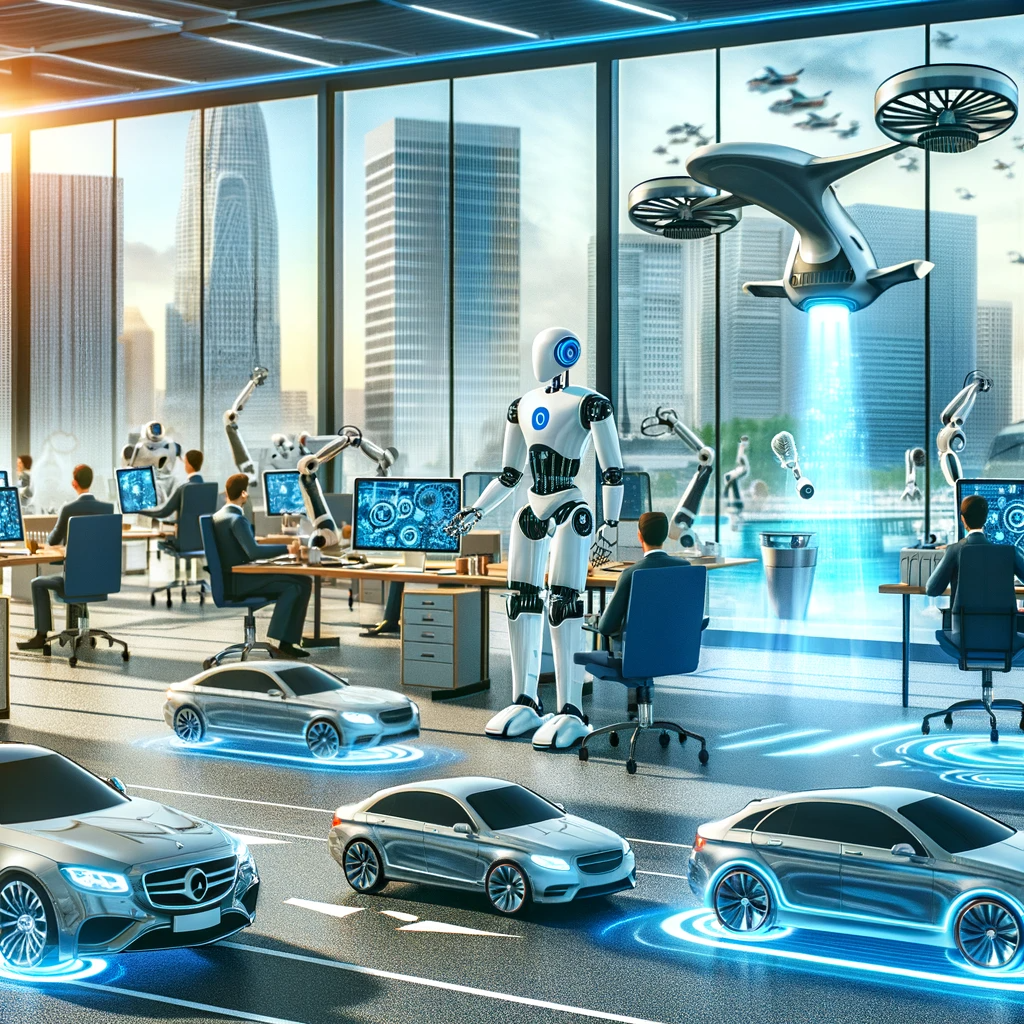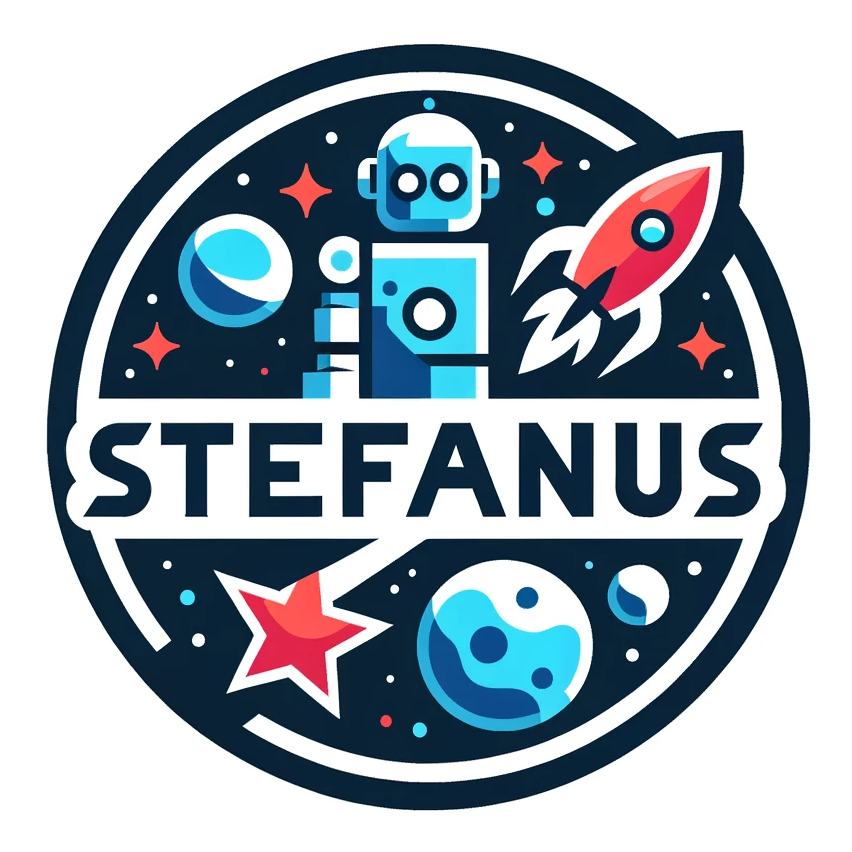
The integration of robotics and artificial intelligence (AI) into our daily lives marks a significant leap in technological advancement. AI, at its core, is the simulation of human intelligence processes by machines, especially computer systems. These processes include learning, reasoning, and self-correction. In everyday life, AI manifests in various forms, from the virtual assistants in our smartphones to more complex systems like autonomous vehicles and smart home devices.
In the workplace, the advantages of AI are multifaceted. AI enhances efficiency by automating routine tasks, allowing employees to focus on more complex problems. It can analyze large sets of data quickly and with high accuracy, aiding in more informed decision-making and predictive analysis. In project management, AI tools can forecast timelines, allocate resources optimally, and identify potential risks before they become problematic. In customer service, chatbots and virtual assistants provide 24/7 support, enhancing customer experience while reducing the workload on human staff.
However, AI is not without its limitations. One of the primary concerns is the lack of emotional intelligence in AI systems. While they can process and analyze data, AI lacks the human touch, empathy, and understanding, which are crucial in many industries. There’s also the risk of job displacement in sectors heavily reliant on routine tasks. Additionally, AI systems are only as good as the data they are trained on; biases in this data can lead to skewed outcomes, raising ethical concerns.
Currently, countries like the United States, China, and members of the European Union are at the forefront of AI research and development. These nations invest heavily in AI technologies, seeing them as crucial to future economic and technological leadership.
The question of AI replacing humans in the future is complex. While AI will automate many tasks, it’s unlikely to replace humans entirely. The future will likely see AI and humans working in tandem, with AI handling tasks that are routine, dangerous, or require processing large amounts of data, and humans handling tasks that require creativity, empathy, and complex decision-making. This symbiosis can lead to more innovative and efficient workplaces, though it does necessitate continuous learning and adaptation from the human workforce.
In conclusion, AI and robotics significantly influence our daily lives and the way we work. While they offer substantial benefits in terms of efficiency and productivity, they also pose challenges that need to be addressed, particularly in the realms of ethics, job security, and the emotional aspects of human interaction. The future of AI is a journey of co-evolution, where humans and intelligent machines will learn to coexist and collaborate for mutual benefit.
